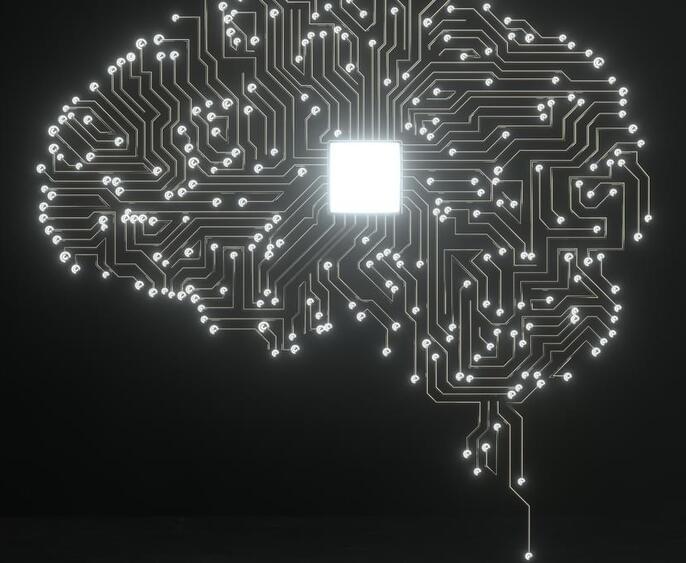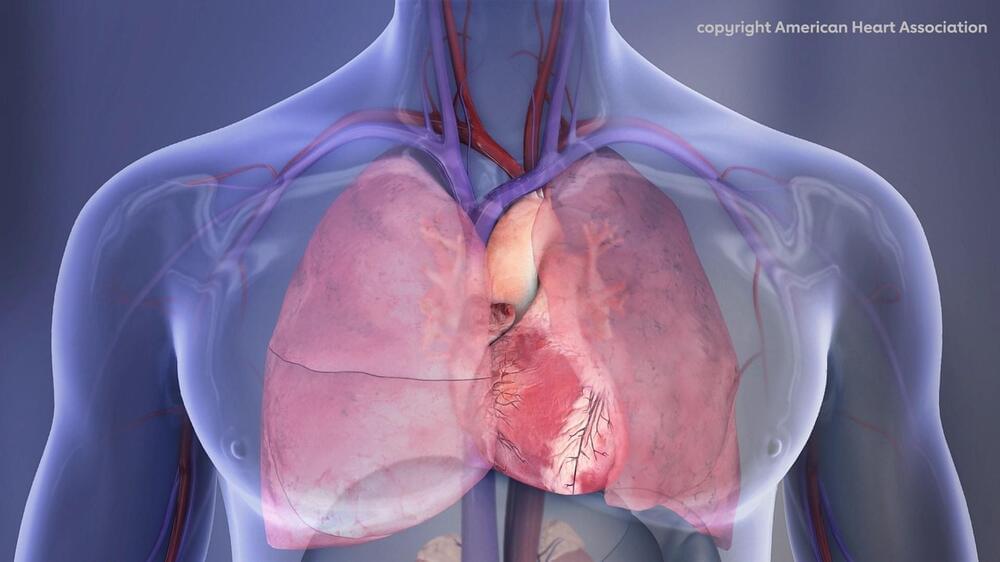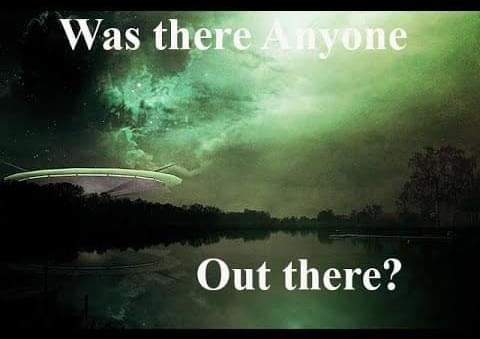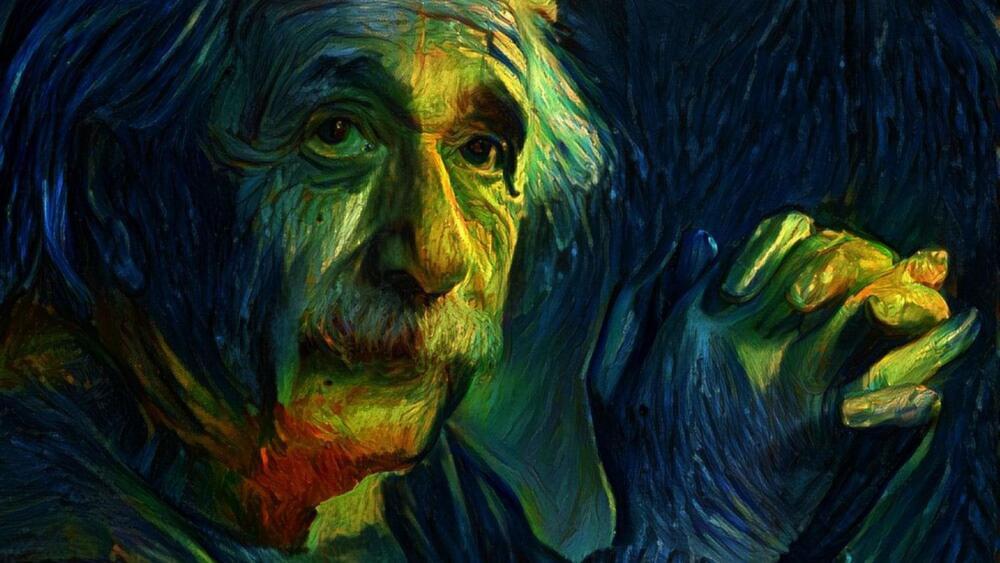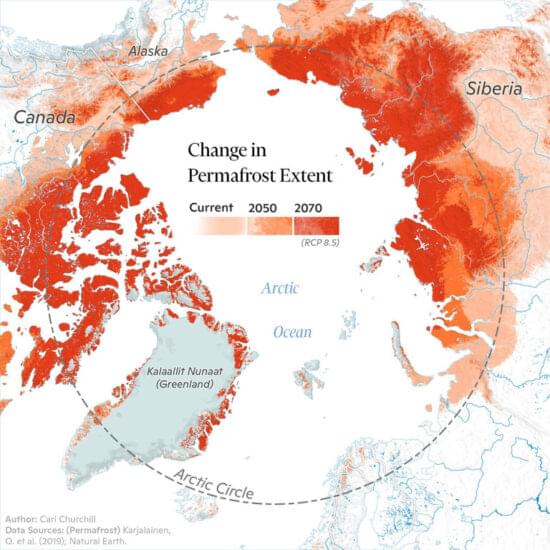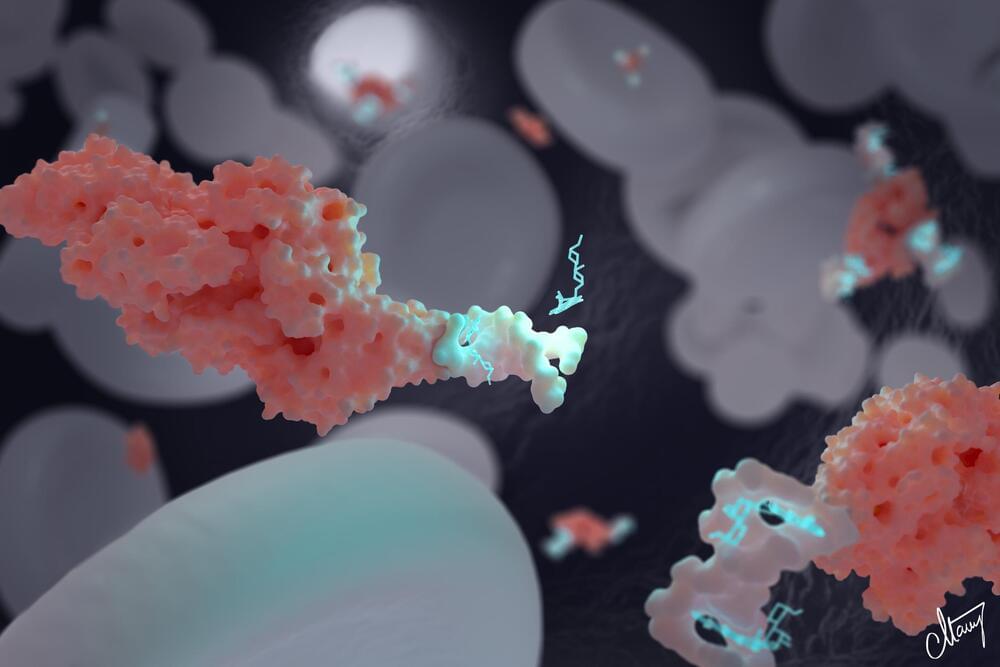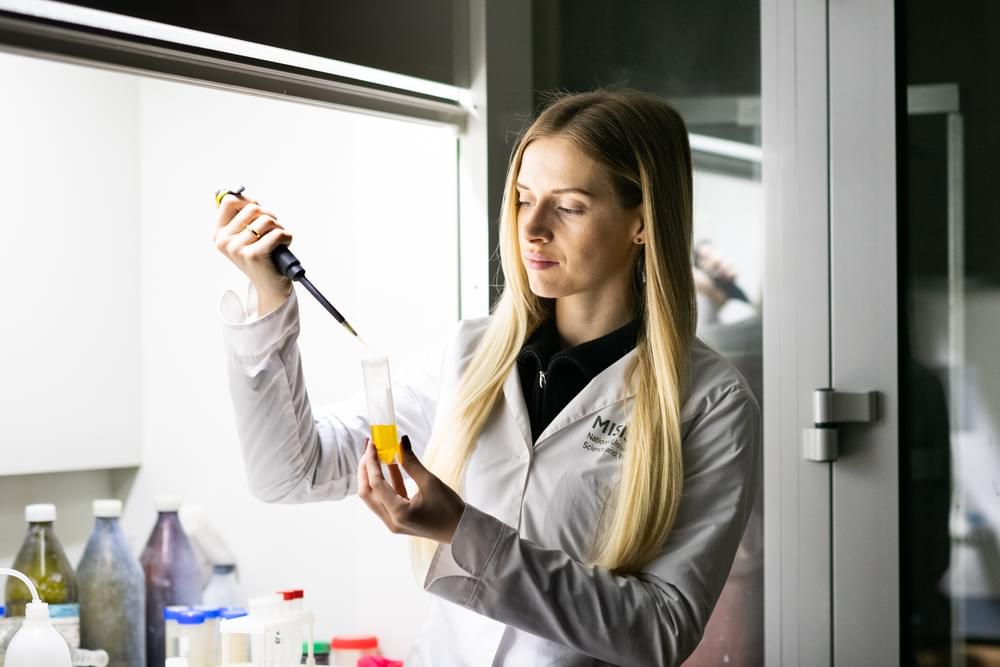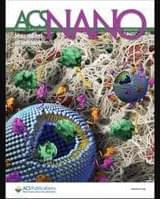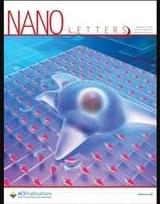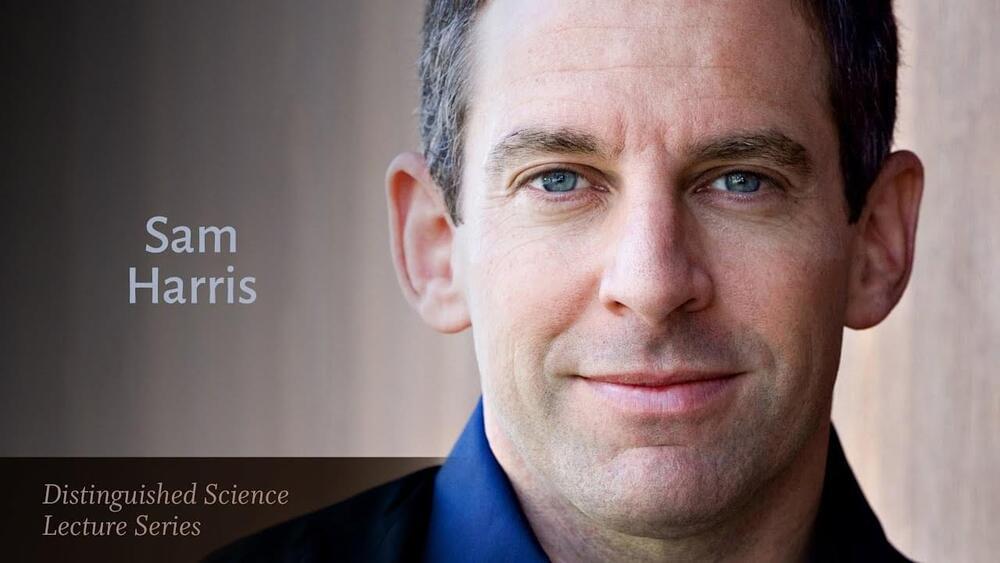Nov 2, 2022
Scientists Increasingly Can’t Explain How AI Works
Posted by Dan Kummer in category: robotics/AI
What’s your favorite ice cream flavor? You might say vanilla or chocolate, and if I asked why, you’d probably say it’s because it tastes good. But why does it taste good, and why do you still want to try other flavors sometimes? Rarely do we ever question the basic decisions we make in our everyday lives, but if we did, we might realize that we can’t pinpoint the exact reasons for our preferences, emotions, and desires at any given moment.
Most AI systems are black box models, which are systems that are viewed only in terms of their inputs and outputs. Scientists do not attempt to decipher the “black box,” or the opaque processes that the system undertakes, as long as they receive the outputs they are looking for.
